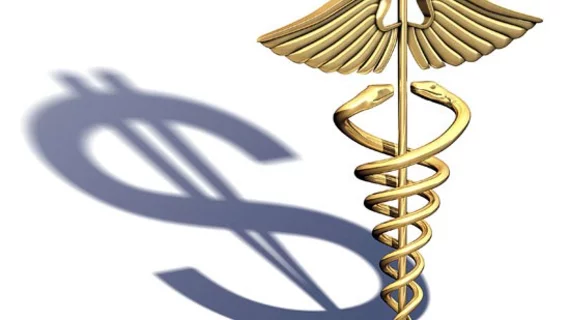Unnecessary ED visits for chronic conditions cost $8.3B
Emergency department (ED) visits for people with at least one of six prevalent chronic conditions—including asthma, chronic obstructive pulmonary disease (COPD), diabetes, heart failure, hypertension and/or behavior health—contributed to approximately 50 percent of all annual visits at nearly 750 hospitals in 2017. Additionally, these visits were potentially preventable and equated to approximately $8.3 billion in emergency department (ED) costs.
The findings, part of the Ready, Risk, Reward: Improving Care for Patients with Chronic Conditions from Premier Inc., highlight the need for better primary care services and preventive care. The report also comes as CMS announced it will test new ambulance services payment models to transport patients to alternative sites of care outside of an ER, such as primary care doctors' offices or urgent care clinics.
Premier Inc. is a healthcare improvement company with a network of approximately 4,000 hospitals and health systems. For the report, analysts assessed the data of 24 million ED visits among patients with at least one of the six identified chronic conditions.
“It is widely known that people with chronic conditions contribute to high healthcare expenditures, making them a critical population for more strategic, preventative care,” Joe Damore, senior vice president of population health consulting at Premier, said in a statement.
The analysts found 30 percent of ED visits occurred for incidences that could have been treated in primary or other ambulatory care services. When the analysts compared hospitals that achieved the lowest quartile of ED visit rates for patients with chronic conditions, to those that did not, they found 4.3 million visits could have been preventable—and worse, these visits equated to $8.3 billion in costs.
These findings, the statement read, highlight the value of identifying care delivery improvement opportunities and building integrated networks across the continuum of care. Costs may decrease by preventing ED visits and focusing on patients with chronic conditions in the primary care setting.
“ED visits can be costly as they may lead to hospitalizations and other high-cost services,” T. May Pini, MD, MPH, principal of population health consulting at Premier, said in the same statement. “Although the value of primary care services is known, access to and the use of these services varies dramatically. To avoid disease progression and poor health outcomes, people with chronic conditions need more preventative and proactive care, including more reliable access to their primary care provider for urgent issues.”
To mitigate such issues, the Premiere report suggested alternative payment models, which would create an incentive for providers to organize “high-value networks,” such as accountable care organizations (ACOs), which deliver coordinated care across the continuum and focus on patient care.

